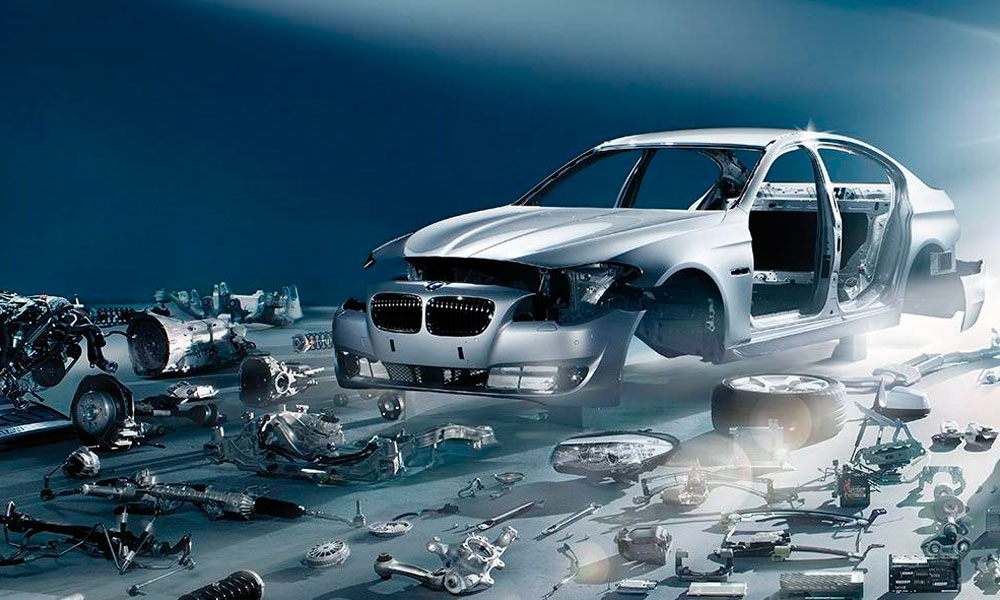For automotive enthusiasts, aftermarket performance parts offer an exciting way to enhance a vehicle’s power, handling, and overall driving experience. Whether you’re looking to improve your car’s horsepower, torque, or aesthetic appeal, the aftermarket industry provides countless options to customize and upgrade your vehicle. However, with the vast array of products available, navigating the world of aftermarket performance parts can be overwhelming. This guide will walk you through key aspects to consider when selecting and installing aftermarket parts to ensure you make informed decisions.
What Are Aftermarket Performance Parts?
Aftermarket performance parts refer to any components that are not sourced from the original equipment manufacturer (OEM) but are instead produced by third-party companies. These parts are designed to improve the performance, handling, or appearance of a vehicle beyond its factory specifications. Common aftermarket modifications include exhaust systems, air intake kits, suspension upgrades, and engine tuners.
The key to successfully upgrading your vehicle lies in understanding which parts are compatible with your specific make and model, as well as the intended performance goals you wish to achieve.
Types of Aftermarket Performance Parts
1. Exhaust Systems
Upgrading the exhaust system is one of the most popular modifications for car enthusiasts. A performance exhaust system reduces backpressure, allowing the engine to expel exhaust gases more efficiently, which in turn improves horsepower and torque. Additionally, aftermarket exhausts often provide a deeper, more aggressive sound, adding to the car’s character.
Advantages of Aftermarket Exhaust Systems:
- Improved horsepower and torque.
- Enhanced engine sound.
- Potential for better fuel efficiency.
2. Cold Air Intakes
A cold air intake system replaces the factory air filter and intake tubing, allowing cooler, denser air to flow into the engine. This increase in airflow leads to improved combustion, which can result in higher horsepower. Cold air intakes are relatively inexpensive and easy to install, making them a popular choice for beginners looking to upgrade performance.
Benefits of Cold Air Intakes:
- Increased horsepower.
- Improved throttle response.
- Enhanced engine efficiency.
3. Suspension Upgrades
For those looking to improve handling and cornering capabilities, upgrading the suspension is a must. Aftermarket suspension components, such as coilovers, sway bars, and performance shock absorbers, provide better stability and reduce body roll during high-speed maneuvers. These modifications are especially important for drivers who enjoy track days or spirited driving on winding roads.
Advantages of Suspension Upgrades:
- Improved handling and stability.
- Reduced body roll.
- Enhanced ride comfort and control.
4. Engine Tuners and Programmers
Engine tuners or programmers allow drivers to adjust the vehicle’s engine control unit (ECU) settings to optimize performance. These devices enable fine-tuning of the air-fuel mixture, ignition timing, and other engine parameters to unlock additional power and responsiveness. Tuners are a favorite among performance enthusiasts seeking to maximize horsepower gains from other modifications like exhaust and intake upgrades.
Advantages of Engine Tuners:
- Increased horsepower and torque.
- Customizable engine settings.
- Improved throttle response.
5. Brake Upgrades
Upgrading the braking system is essential for maintaining control and safety, especially when increasing the power of your vehicle. Aftermarket brake kits, including larger rotors, performance brake pads, and stainless steel brake lines, improve stopping power and reduce brake fade during aggressive driving.
Benefits of Brake Upgrades:
- Enhanced stopping power.
- Improved braking consistency.
- Reduced brake fade during intense driving.
Factors to Consider When Choosing Aftermarket Performance Parts
1. Compatibility
One of the most critical factors to consider when purchasing aftermarket performance parts is compatibility. Not all parts are universal, and selecting components that are specifically designed for your vehicle’s make and model is essential to avoid installation issues or damage to the vehicle.
2. Performance Goals
Before diving into modifications, clearly define your performance goals. Are you looking to improve speed, handling, fuel efficiency, or aesthetics? Prioritizing your objectives will help you make informed decisions about which parts to purchase and in what order to install them.
3. Quality and Brand Reputation
Not all aftermarket parts are created equal. Researching the quality and reputation of the brands you’re considering is important to ensure reliability and longevity. Well-established brands often have a proven track record of delivering high-performance products that are durable and safe.
4. Installation Complexity
Some aftermarket performance parts can be easily installed at home, while others may require professional assistance. It’s important to consider the complexity of installation and whether you have the necessary tools, skills, and space to complete the job. Professional installation may add to the overall cost but ensures the parts are installed correctly.
5. Budget
While the world of aftermarket performance parts is exciting, it’s important to establish a budget before making any purchases. Performance upgrades can be costly, and it’s easy to get carried away with modifications. Prioritize your upgrades based on your budget, starting with the most impactful modifications first.
Conclusion
Navigating the world of aftermarket performance parts can be both exciting and daunting. Whether you’re a seasoned car enthusiast or a newcomer to vehicle modification, understanding the different types of upgrades available, as well as key factors like compatibility, quality, and installation, is crucial to making informed decisions. From exhaust systems to engine tuners, each upgrade contributes to the overall performance and driving experience of your vehicle. With careful planning and consideration, aftermarket parts can take your car to the next level of power, handling, and style.


